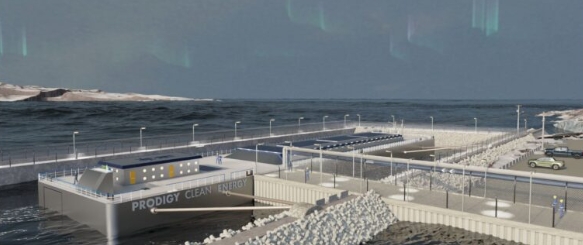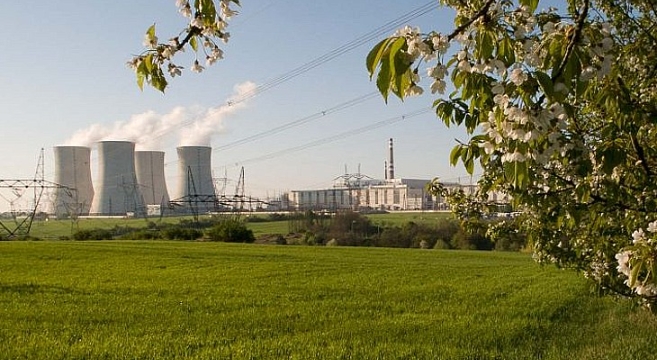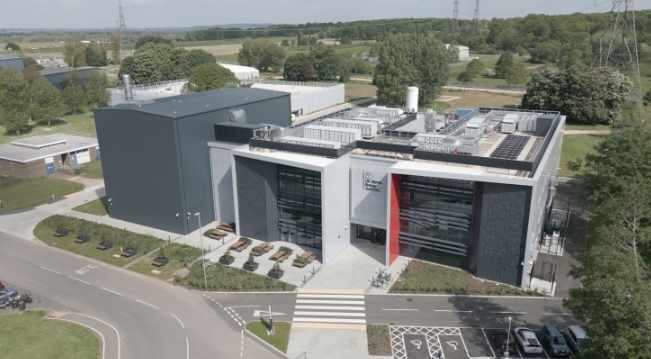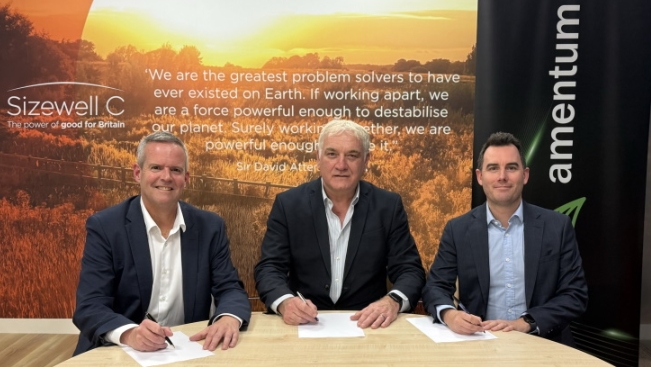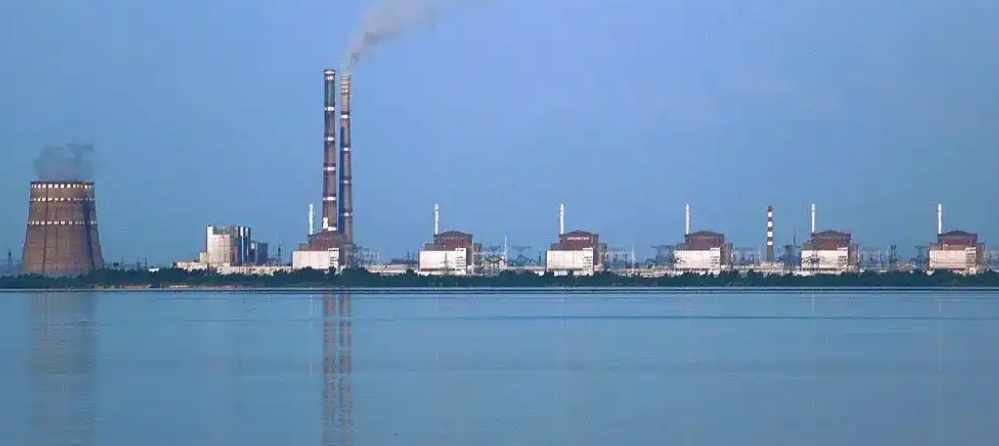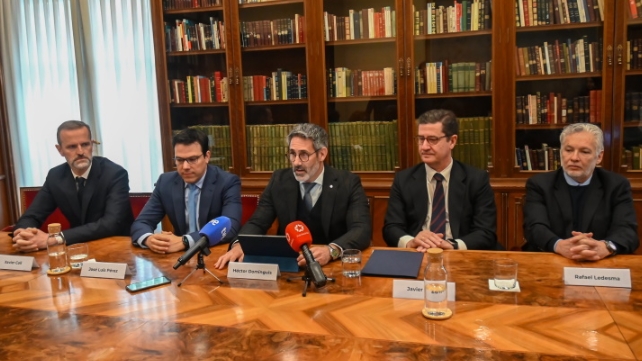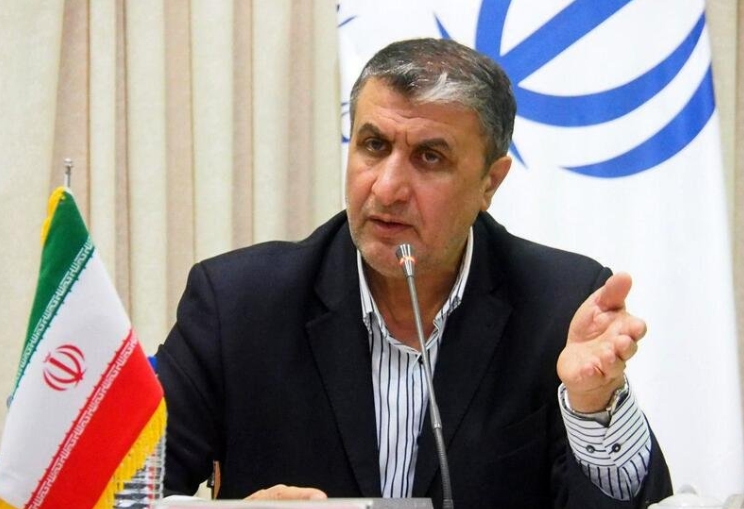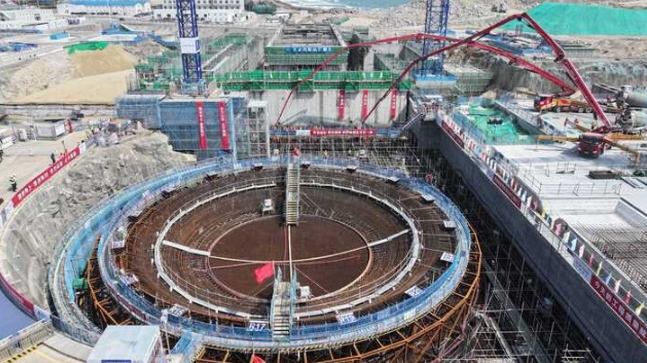Switkowski, who led a government review of nuclear power in 2006, appeared as an expert witness before the Standing Committee on Environment and Energy on 29 August. The committee has been tasked by government to investigate the prerequisites for nuclear energy in Australia. The country has a long-running bipartisan moratorium on the use of nuclear power despite being the world’s third-largest producer of uranium.
Switkowski, former Chairman of the Australian Nuclear Science and Technology Organisation (ANSTO), said such bans should be removed even if Australia decides not to press ahead with the use of new reactors. In his 2006 report he flagged that if the Australian Government were to support nuclear power, it would have to establish a regulator first, and predicted it would take 15 years to bring nuclear to the grid.
Support mining and desalination
“I think the window for large gigawatts of nuclear generators has now closed for Australia,” he told the committee.
“Will there be an opportunity for small-to-medium moderate reactors? I think there will be, especially in regional Australia to power small towns up to 100,000 population, to support mining sites and desalination plants. But we won’t know until the small modular reactors are deployed in quantity and that’s unlikely to happen for another ten or so years,” said Switkowski, according to The Australian.
He noted that even if Australia doesn’t press ahead with use of nuclear power it should repeal its moratorium.
“We really should not be making decisions in 2019 based on legislation passed in 1999 reflecting the views of 1979,” he said.
His views echo the conclusions of a Royal Commission report published in 2016 by the South Australian Government, which recommended removing federal prohibitions on nuclear power to allow it “to contribute to a low-carbon electricity system, if required.”
“In theory, the phasing out of coal-fired power stations and the phasing in of nuclear reactors could make a lot of sense,” Switkowski said.
Three questions to answer
Ahead of its first public hearing, committee Chair Ted O’Brien said the enquiry would have to answer three basic questions about nuclear energy: is it feasible, suitable and palatable.
“To be feasible, it would have to stack up on economic, technological and capability grounds,” O’Brien said. “To be suitable, it would have to make sense on environmental, safety and security grounds. And to be palatable, there would have to be an appetite among the Australian people.”
Switkowski said that Australia is suited to a nuclear rollout as it has a technologically capable workforce and strong environmental standards. He noted that the role of government should be to produce a coherent national energy strategy that is technologically agnostic, balances cost with resilience and risk, meets emissions targets and restores energy as a source of national competitive advantage, The Guardian reports.
In 2018, mines in Australia were responsible for 12% of global uranium output, according to figures from the World Nuclear Association. Despite this mineral wealth, public opposition and an abundance of cheap coal and gas has stood in the way of the development of nuclear power.
Earlier this year, a public survey found that 44% of Australians support nuclear plants, up four points from a survey in 2015, while 40% opposed them. Digging a little deeper though, just 28% would be comfortable living close to a nuclear plant, Essential’s poll found. Asked about the environmental implications of a switch to nuclear, 47% said it would be better for the environment than coal-fired power.
Australia is committed to the Paris Climate Agreement so will need to cut its carbon emissions to near zero over the coming 30 years. This is a significant challenge because, even though renewable power is on the rise (including more than 2m rooftop solar power systems installed), coal and gas are currently responsible for around 85% of Australia’s electricity generation.
From a cost point of view, nuclear projects have relatively high upfront costs and long periods of return on investment. A study from Australia’s Commonwealth Scientific and Industrial Research Organisation (CSIRO) published an analysis in December that put the capital cost of nuclear SMRs at around A$16,000/kW (US$10878/kW) compared to alternative baseload options including A$5,000 for brown coal and A$1,300 with gas combined cycle.
One of the most advanced SMR designs currently under development is from US-based NuScale, which is passing through regulatory approval in the US and is scheduled to debut operations by mid-2020s.
NuScale’s design incorporates all of the components for steam generation and heat exchange in a single 60 MWe. These will be constructed in a factory and transported by truck, train or barge to site where up to 12 modules would be monitored and operated from a single control room. The design also boasts passive cooling systems to prevent meltdown of the reactor in the event power is cut off, as happened at Fukushima.
Energy transition
The Grattan Institute published a report this week on the Australia’s energy transition, noting that the “reforms and investments required will be unprecedented in their scale and complexity” and that it will require collaboration, planning and flexibility by governments, energy agencies and the energy industry over several decades.
“To date, the performance of all these parties has been poor. There has been growth in renewable power, but also carbon wars, piecemeal and stop-start policies, power station closures with little notice, needlessly high power and gas prices, compromised reliability, and only slow and partial decarbonisation. Australia needs new foundations to underpin its energy policy reform agenda,” the report warns.
The report, Australia’s Energy Transition: A Blueprint for Success, which was written with input from leaders, calls for three changes. First, that energy policy be integrated with carbon policy encompassing industry, transport and exported energy; and that emissions reduction targets just be accompanied with mechanisms to meet them.
Secondly, Australia’s federal, regional and local governments agree a new Australian Energy Agreement that would consolidate the current suite of ad hoc energy and climate-change interventions into a comprehensive and coherent energy policy linked with climate-change policy. This follows a recommendation from the South Australian Government’s 2016 report that the country develop a comprehensive national energy policy.
And thirdly, the agencies supervising the country’s electricity and gas systems should be reformed, rationalised and required to implement government policies on decarbonisation and energy.
